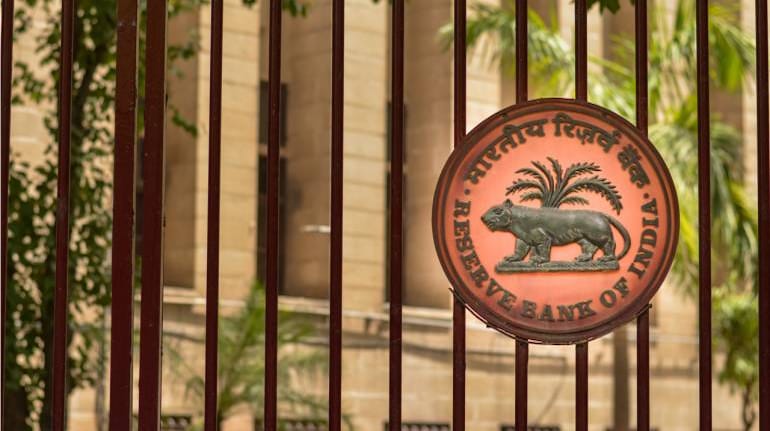



The Reserve Bank of India (RBI) on August 10 released a list of norms to regulate digital lending to protect borrowers and crack down on the growing number of frauds and unlawful activities within the sector.
The RBI in January 2021 set up a working group to study issues regarding digital lending and suggest regulations. In November 2021, the group proposed stricter norms for digital lenders, some of which have been accepted and others are under examination.
Also read: RBI’s digital lending rules cover the same ground, long way to go
Why now?The norms were overdue and anticipated by stakeholders and industry experts. Instant loan providers mushroomed, especially after the COVID-19 pandemic, and lure gullible consumers looking for easy loans only to harass those later using recovery agents. Moneycontrol had reported on a few such cases on May 23. These digital lending apps were charging usurious interest rates to borrowers and breaching their data privacy.
The RBI’s first set of norms, announced on August 10, aim to regularise digital lending for regulated entities and crack down unlawful activities.
“We are hopeful that these guidelines will streamline the lending scenario in the country,” said Anuj Kacker, co-founder of personal loan and neobanking platform Freo and vice-president of the Digital Lenders Association of India (DLAI). “The regulator is trying to create a conducive environment for genuine players to operate and for customers to be protected at all times.”

The RBI has said that all loan disbursals and repayments through the digital lending apps should be executed only between the bank accounts of borrower and the regulated entity without any pass- through or pool account of the lending service provider (LSP) or any third party. Apart from that all fee or costs to LSP to be paid by regulated entity and not borrower.
Secondly, the RBI has mandated an upfront disclosure of all-inclusive cost via annual percentage rate to the borrower. This is to make the borrower aware of the kind of interest they will pay on digital lending platforms. There is also a cooling off period when a loan can be paid off to be part of loan contract. Additionally, to protect data privacy, the RBI has stated that the data collected by DLAs should be need based, should have clear audit trails and should be only done with prior explicit consent of the borrower.
“With the new guidelines borrowers are given the option to accept or deny consent for use of specific data, including the option to revoke previously granted consent as well, besides the option to delete the data collected from them by the DLAs/ LSPs in the past,” said Joginder Rana, vice chairman and managing director at CASHe. “This will empower customers to take charge of their data rights and is a positive step for them.”
Will all digital lenders come under RBI’s purview?Not yet. While announcing the norms, the central bank classified digital lenders are classified into three categories. The first are those entities regulated by the RBI and permitted to carry out lending business. Second are those entities authorized to carry out lending as per other statutory or regulatory provisions but not regulated by RBI. The third category includes those entities lending outside the purview of any statutory or regulatory provisions.
The RBI’s regulatory framework is focused on the digital lending ecosystem of regulated entities and the LSPs engaged by them to extend various permissible credit facilitation services. The lenders in the other categories can consider formulating appropriate rules and regulations on digital lending based on the recommendations of the working group.
What do the regulations mean for fintechs?There will be some changes for fintechs, especially since the first loss default guarantee (FLDG) recommendation for digital lending are still under examination. FLDG is a lending model between digital lending fintechs and their partner banks and NBFCs. Under these agreements, the fintech promises to compensate the partners up to a pre-decided percentage in case customers fail to repay the loans. This is in exchange for the partners lending through the fintech from their own books
“The biggest impact is going to be on the fund flow where now the fintech or the LSPs will get paid only through the lender,” said Kunal Jhunjhunwala, founder and managing director of airpay. “The fintech will not play any role in the fund flow, it will simply play a role in the on-boarding of customers and customer servicing.”
Jhunjhunwala elaborated the actual capital flow between the borrower and the lender and vice versa will be handled amongst them. The lender will pay the fintech as numbers come in. This is a very large and significant change and fintech business models will get impacted significantly, added Jhunjhunwala.
Also read: RBI says first loss default guarantee recommendations for digital lending are under examination
How effective are new rules to bring in discipline in digital lending?According to industry experts, these norms are the first step to regulate digital lending. But a lot more needs to be done, since a large part of the problem lies with the unregulated ones.
“This was clearly much ado about nothing, and this could have just been an operating circular without the need of a working committee,” said an industry source, who did not wish to be defined. “The broader issue is about unregulated lenders and that needs a much better coordination with multiple stakeholders, including the government. The RBI has clearly dodged that.”
“The old school policy making won’t be enough to regulate the entire digital lending ecosystem,” the person added.
Discover the latest Business News, Sensex, and Nifty updates. Obtain Personal Finance insights, tax queries, and expert opinions on Moneycontrol or download the Moneycontrol App to stay updated!
Find the best of Al News in one place, specially curated for you every weekend.
Stay on top of the latest tech trends and biggest startup news.